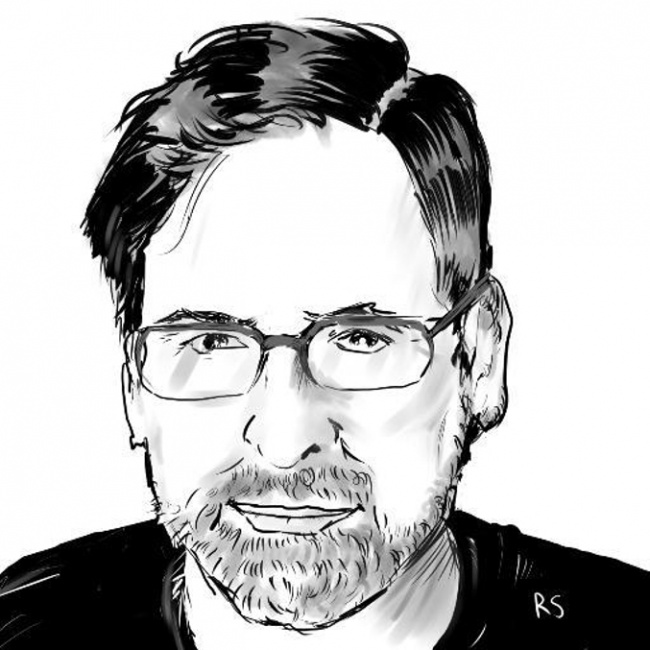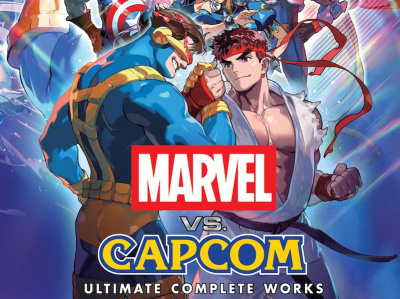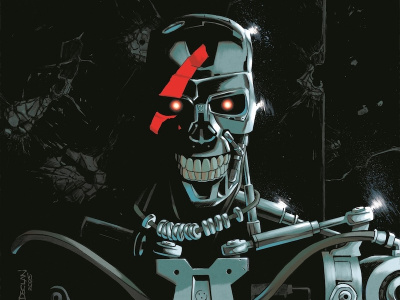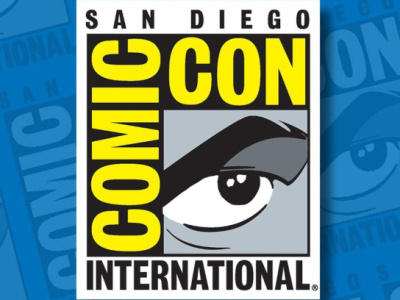Another edition of San Diego Comic-Con is now in the books, leaving exhausted fans, exhibitors and pros in its titanic wake. It may be a few days before we get the final facts and figures, but in the meantime, I can offer my blind-man-describing-an-elephant take on this year’s proceedings.
Show size and scope. Needless to say, SDCC again maxxed out its nominal capacity, about 150,000 unique attendees over the four and a half days. The show floor was packed much of the time, with giant lines forming spontaneously for numerous booth exclusives and signing events. Saturday afternoon, the area at the back of Hall E was impassible most of the time as the cast of the various CW DC comics shows held signings at the booth.
The big panels in Hall H and Indigo Ballroom drew massive lines, but based on my observation, the Ballroom 20 lines for various TV events were the longest relative to the size of the room and offered the least hope of people at the back for eventually getting into the program, particularly on Friday and Saturday.
Offsite: A few people said the crowds in the street for offsite events looked a little bit less than last year. I’m not sure about that. The open spaces surrounding the convention center on the Harbor side were a non-stop cavalcade of elaborate attractions and activations, and others were spread across the Gaslamp. The Walking Dead Experience across from the Hilton Gaslamp had prodigious lines at all times, and there were additional indoor events at the Marriott and Hyatt that also took people off the floor.
Fifth Street was closed for three blocks east of the train tracks over the weekend, a more extensive street closure than we’ve seen in years’ past. After the show floor closed, the area had a Mardi Gras feel. Traffic was rerouted throughout downtown, probably contributing to the less welcoming reception that some people perceived from San Diego locals this year.
Industry Buzz and Whispers: One of the hottest topics in industry conversations I had all weekend was the precarious state of the Direct Market. At the retailer event on Friday, DC said out loud what a lot of people have been saying in whispers: that the problem of oversupply and gimmickry is about to become a crisis for stretched-thin retailers. Big players are worried and openly talking about a crash that could cripple the primary distribution channel for periodicals. Everyone I spoke to was much more optimistic about the book trade, which is great for expanding the audience for comics, but doesn’t solve the problem of getting monthly story installments into the hands of habitual readers.
People also were eager to bend my ear about the convention business. I didn’t have any hard data to present this year, but anecdotally, I heard examples of how rich and excessive the celebrity side of conventions is becoming, and how this might finally exhaust both the patience and the bank accounts of hardcore fans. I also heard a half-dozen pitches in the last year for technology startups looking to launch some kind of online platform for fans and collectors, several of which now appear to be very mature in terms of development. Is there an appetite or audience for this category of product? Whoever is first to market is probably going to find out.
On the upside, the unprecedented diversity of excellence in publishing celebrated at this year’s Eisner Awards was encouraging. Sonny Liew, Jill Thompson, Fiona Staples, Congressman John Lewis, and Hall of Fame inductees Jaime and Gilbert Hernandez, George Perez and the late Antonio Prohias were among the big winners, showing that, at least institutionally, the business is starting to better reflect the demographics of the audience.
Big Media in a Holding Pattern: I managed to get into Hall H for the WB panel on Saturday, where it seemed to me that Steven Spielberg’s Ready Player One preview upstaged both Blade Runner 2049 and the various DCEU announcements around Justice League and Aquaman. The entire cast of Justice League was on hand, including Ben Affleck, Gal Gadot and Jason Momoa, but no one from behind the camera on the creative side. We got a tidbit from Momoa that Ocean Master is the main villain in the Aquaman film, and clips revealed a Fourth World element in Justice League. Later in the day, people who saw the Marvel panel were impressed with new Black Panther footage.
By and large, the big media panels seemed designed to stoke and service existing fandoms rather than dominate the conversation with big announcements. BBC, for example, seemed to miss a big opportunity to win Comic-Con by failing to produce its historic, newly-minted Thirteenth Doctor less than a week after announcing Jodie Whittaker as the first woman Doctor in franchise history.
Fewer costumes, more comics. Two final subjective observations about SDCC 2017: there seemed to be few costumes in evidence, even on Saturday and Sunday, than had been the case recently. There were plenty of cosplayers and many great ones, but not in the numbers that we’ve become used to. Is SDCC just too much trouble as a cosplay destination? Did the unseasonable heat and humidity discourage some of the more elaborate costumes? I don’t know what was behind it, but many multi-year attendees I spoke to corroborated my perception.
One thing SDCC had in abundance, however, was old comics. As a collector myself, I was following the recent debate about the declining presence of white-box dealers in the north (Hall B-C) end of the floor. While I heard many of the remaining dealers and old time fans moaning about this through the weekend, my personal experience was that there was a better selection, more dealers, better pricing and more traffic at the old comics booths than I’d seen in at least five years. I knocked a bunch of items off my bizarre and exotic want-list and returned home with suitcases groaning with loot.
Another solid effort. This is the fourth or fifth straight SDCC that’s felt like a mature, settled show rather than the crazy, surprising, anything-can-happen atmosphere of the previous decade. Routines are well established and organization has marginally improved (badge mail-outs and seamless RFID access control seem to have gone without a hitch this year). For a show of this size, there were remarkably few incidents, a testament to the hard work that the organizers put in to make it look easy.
With SDCC locked in to San Diego through 2020, new construction booming in the area around the Convention Center and Petco Field, and possibly even a plan for expanding the Convention Center, everything feels like we are waiting for the next leap forward. In the meantime, it’s going to be one step at a time.
The opinions expressed in this column are solely those of the writer, and do not necessarily reflect the views of the editorial staff of ICv2.com.
Rob Salkowitz (@robsalk) is the author of Comic-Con and the Business of Pop Culture.
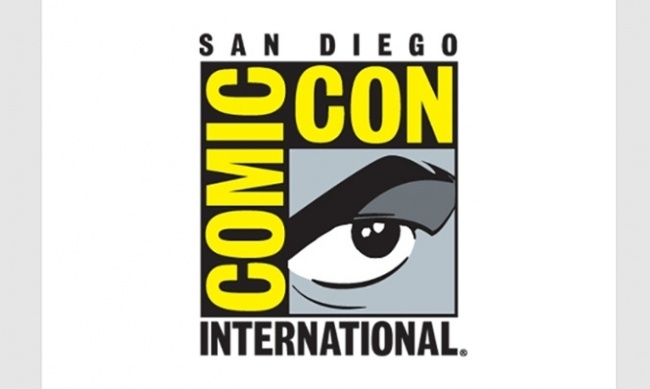
Column by Rob Salkowitz
Posted by Rob Salkowitz on July 25, 2017 @ 1:26 am CT
MORE COMICS
Marvel Art Books from Three Publishers
July 30, 2025
Three different publishers are offering Marvel-themed art books in coming months.
'Time Before Time' Co-Writers Reunite for New Series
July 30, 2025
McConville and Shalvey, who co-wrote the time-travel mystery Time Before Time, join forces for the next arc of The Terminator.
MORE COLUMNS
Column by Scott Thorne
July 28, 2025
This week, columnist Scott Thorne comments on the Edge of Eternities prerelease and on Magic: The Gathering news from the Hasbro earnings report.
Column by Rob Salkowitz
July 21, 2025
Columnist Rob Salkowitz lays out the Comic-Con panels of interest to industry professionals, current and aspiring creatives, educators, librarians and retailers.



